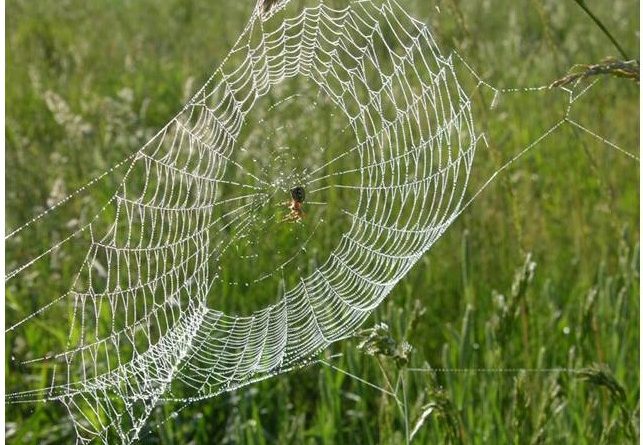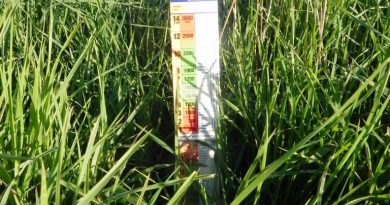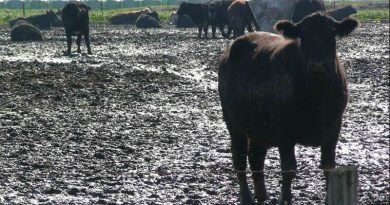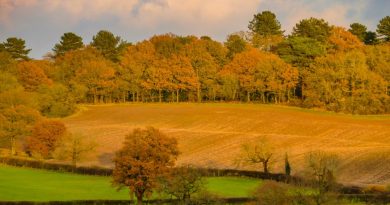Boosting biodiversity inconjunction with intensive pasture farming
By Patrick Francis
Intensive pasture farming can be associated with improving ecosystem functions including grassland biodiversity. This is despite calls from some regenerative advocates that farming intensification is related to ecosystem decline. How the two can be complimentary if management addresses biodiversity alongside profitability was reviewed in research by European scientists in a paper published by Plantureux S. et al in “Integrating efficient grassland farming and biodiversity”.
While based on European livestock pastures, the research review involved perennial grasses and clovers and annual species commonly grown across temperate southern Australia’s agricultural zones.
What is not stated in the review is a definition of “intensive pasture farming” in a temperate agricultural environment (as opposed to extensive, low rainfall pastoral environments). Intensive livestock pasture farming has two very different methodologies:
* High livestock paddock stocking rate year round which exceeds paddock carrying capacity. Pastures rest from grazing short or non-existent. Fertiliser relied upon to bolster pasture growth during low pasture growth periods during autumn and winter. Grazing management often leaves pastures with less than 1200kg dry matter per hectare with bare ground often greater than 30% Supplementary feeding often necessary to carry excess pasture growth from spring over to periods of pasture shortage in autumn, and winter and during droughts.
* Annual stocking rate does not exceed paddock carrying capacity, but stocking rates can be extremely high for short periods of time (greater than 100 dry sheep equivalents per hectare) with sufficient rest between grazing for pasture to recover their root energy levels and bulk. Grazing management ensures a minimum of 1200kg dry matter is retained as pasture ground cover year round. Supplementary feeding usually avoided by removing stock before ground cover is compromised (by selling, agistment).
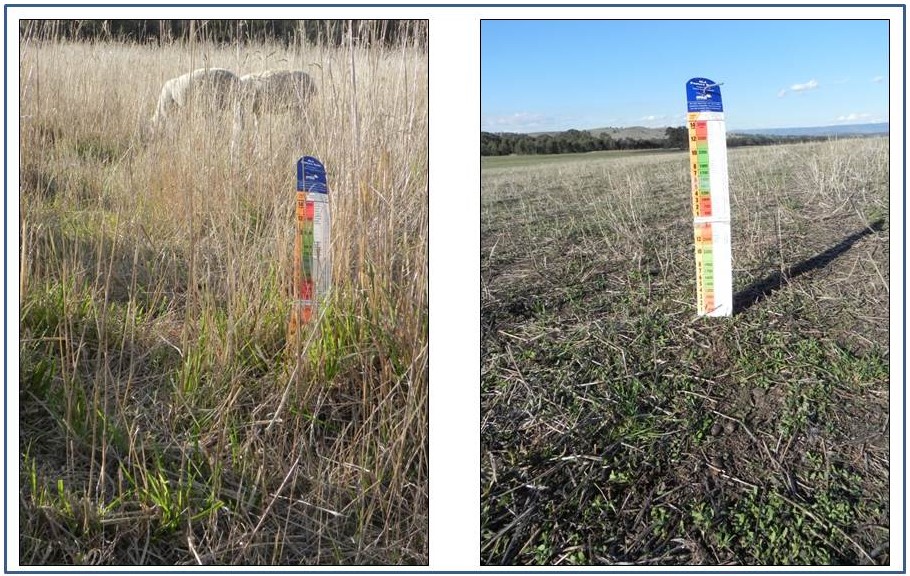
Figure 1: To understand how livestock grazing impacts paddock biodiversity it is important to find out what sort of intensification is being practiced. Photos: Patrick Francis.
The review makes a particularly important point at the start, that agriculture is integral to achieving sustainable development for wildlife protection as agreed to at the Rio Summit in 1992. According to the authors this is possible because farming practices “have the potential to destroy, protect or create biodiversity” and agricultural grasslands “…have been recognized as potential species-rich habitats composed of various types of plants, animals and micro-organisms.”
They contend that biodiversity in grasslands is endangered by two opposite trends:
* intensification of practices, and
* abandonment of livestock farming,
and both have led to a reduction in plant species number across Europe. There is evidence the same is happening in parts of Australia where livestock have been removed based on the premise that their grazing behaviour negatively impacts native plant species diversity and resilience.
More evidence that grazing is important for plant species diversity comes from a 30 year study in the USA at the Konza Prairie Biological Station co-owned by Kansas State University and The Nature Conservancy.

Figure 2: In a 30 year study of the impact of grazing on pasture species diversity at Konza Prairie Biological Station, Kansas, found ranged grazed by bison had developed the most diverse pasture species. Source: Kansas State University.
Bison and cattle were re-introduced to sections of native tallgrass prairie and plant diversity was monitored on the grazed versus ungrazed pasture. Over the course of three decades, the number of native plant species nearly doubled in places grazed by bison—increasing 86% compared to the ungrazed areas. Cattle also helped clear the way for native plants, but less than bison—an increase of 30% compared to land that wasn’t grazed.

Figure 3: On this grassland west of Melbourne when livestock grazing was stopped five years previously in pursuit of encouraging native grasses to proliferate, the invasive Chilean Needle grass has become dominant and spreading. Photo: Patrick Francis.
The authors identified a range of on-farm management factors that impact grassland biodiversity:
* application of organic and mineral fertilisers
* grazing and cutting
* drainage
* use of pesticides and anthelmintics
* ploughing and reseeding.
Fertiliser impacts
Outside of intensive managed grassland where introduced species are relatively stable, studies have shown that nitrogen (N) fertiliser rates above 20kg/ha/yr lead to a reduction in species of grasses and forbs. There was little data to show impact of phosphorus (P) and potassium (K) fertilisers. Manure applied too heavily also impacts species diversity based on manures nutrient richness, smothering and imported seed. Soil biology is also impacted by fertilisers with impacts more on diversity of micro-organisms rather than their density. Higher intensity favours bacterial populations, with lower intensity pastures favouring more diverse soil fauna dominated by fungi.
There is evidence that increased fertiliser use can benefit some grass and worm eating birds but there is a limit to this effect if pastures become too long limiting birds access to food in the sward.
Grazing and cutting impacts
The primary role of grazing animals in grassland biodiversity management is maintenance and enhancement of sward structure and botanical diversity by selective defoliation due to dietary choices (plant palatability), treading, and nutrient cycling. These impacts occur across extensive and intensive grazing systems.
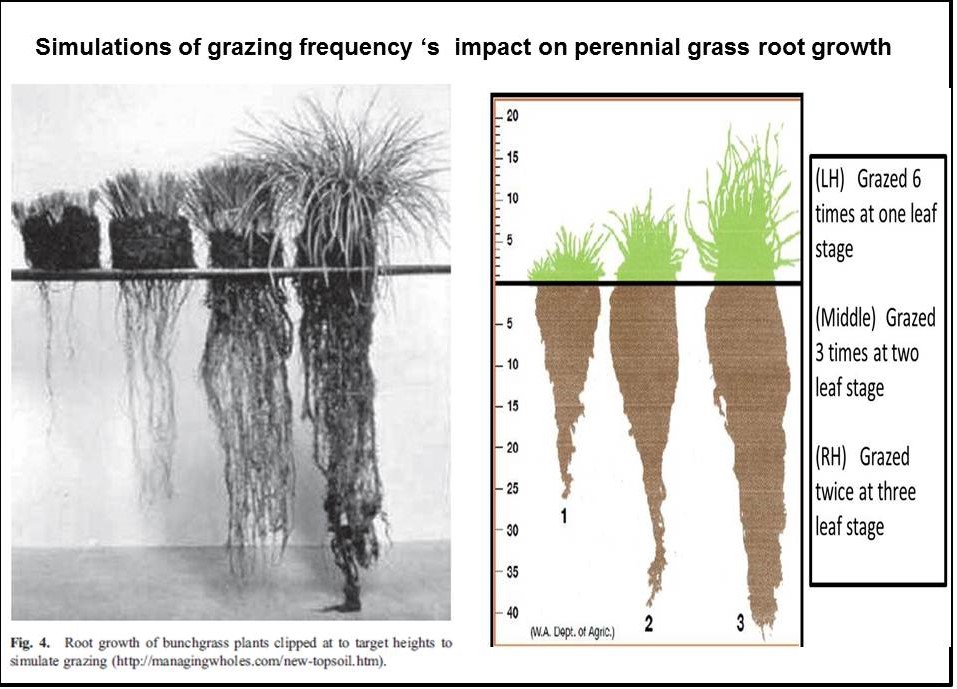
Figure 4: Timing of grazing or cutting has significant impacts on soil health and biodiversity as well as pasture species diversity, resilience, and palatability.
The authors fail to point out the impacts on a pasture ecosystem of balancing livestock stocking rate and pasture carrying capacity which varies throughout the year based on rainfall, temperature and species diversity. Stocking rate can be high for particular periods of time using rotational grazing management and is intensive, but with sufficient rest between grazing biodiversity and plant resilience is maintained.
These complexities highlights the danger of using terminology like intensive versus extensive without sufficient context. It is demonstrated by the authors misleading conclusion that “Heavy grazing produces short dense swards that generate little seed resource and offer limited foraging and shelter opportunities for many invertebrates (Morris, 2000). Low stocking rates conversely produce patches of tall rank vegetation and the accumulation of dead vegetation and litter, depressive for plant seed germination, but favourable for invertebrate species like spiders. A great diversity in bird species would be expected in such situations, but, at a very low stocking rate, the density of sward and litter layer means that invertebrates are generally not readily accessible to foraging birds. From this point of view, an intermediate stocking rate seems to be optimal for foraging birds.”
But a holistically managed livestock grazing farm using well timed intensive grazing based around plant health, soil food web and resilience can have paddocks with a full range of pasture states, low, intermediate, and flowering with the timing of each state altering year to year.
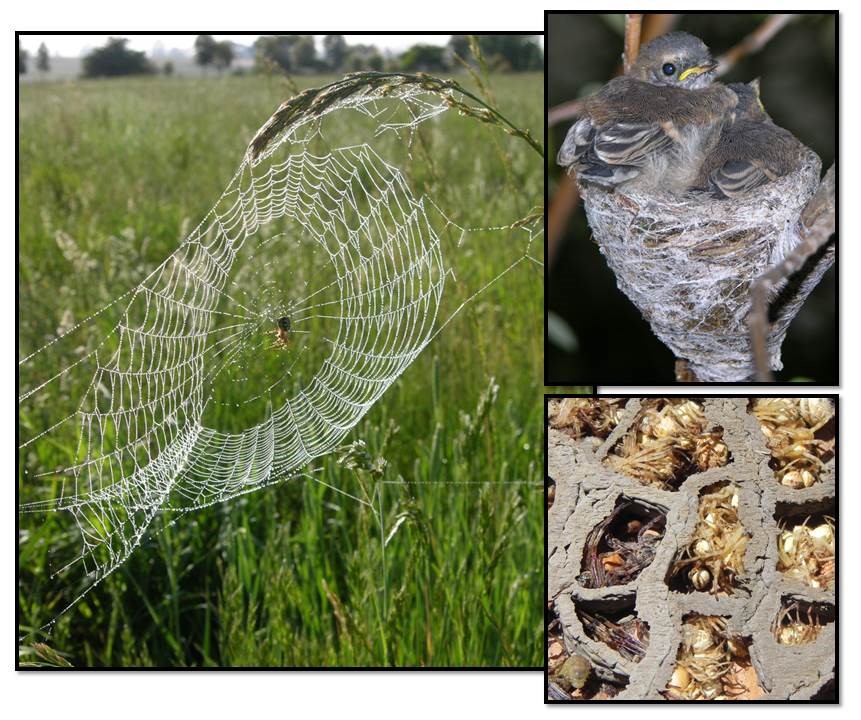
Figure 5: Pasture grazing or cutting management has complex biodiversity implications irrespective of level of farming intensity. Here plant species heterogeneity is highlighted with tall species allowed to flower providing architecture for spider webs which is turn becomes “weaving” material for fantail nest and food for wasps. Photos: Patrick Francis, Moffitts Farm, Australia.
In Europe pasture cutting for hay and silage can involve multiple events and research shows the grass species tend to decline. “Multiple cuts per season not only reduces the number of seed heads and flowering plants (and hence the number and type of invertebrates attracted to these swards) but also serves to remove the vegetative food resource for plant feeding insects (such as sawflies and plant bugs). The encouragement of rapid re-growth of the sward immediately after cutting also means that the period in which these food items are accessible to birds is very short.”
In Australia’s agricultural zones where mixed species silage is cut early, it is rare unless irrigation is available or summer rain is sufficient for a second (or third) cut to be taken in the same paddock (the exception is for lucerne pastures which are often grown for multiple hay/silage cuts). Most farmers would value the silage pasture regrowth as important summer feed with flowering managed depending on the need for re-seeding of particular species to maintain heterogeneity across the sward.
Intensive short duration grazing that is using high stocking rates in excess of 100 dry sheep equivalents or slashing is an additional tool to manipulate pasture species composition. The percentage of invasive species like Chilean Needle Grass, Bent grass, Sweet Vernal grass, Barley grass, Silver grass, capeweed, can be reduced with appropriately timed grazing or pasture topping. This helps maintain plant species diversity rather than paddocks heading towards monocultures.
This approach was recognised in the European research: “Another alternative to late cutting consists of a late grazing at high stocking rate for a short period at the time when the sward was traditionally cut. This technique allows flowering and seed formation as well as cutting but it is much easier to implement than mechanical cuttings especially if the soil is wet or marshy or located on a steep slope.”
Water and drainage
Refers to wet lands and wet areas in pastures being drained to utilise as much pasture land at optimum conditions as possible. While wet lands are no longer drained wetter soil in pasture can still be utilised by sowing pasture species which tolerate seasonal water logging. The researchers found drainage of wet soils improves soil conditions for some soil organisms associated with soil health such as earth worms and dung beetles “…but it can also reduce soil penetrability for probing birds and a more vigorous grass growth in spring may reduce access to the soil surface at this critical time for breeding birds.”

Figure 6: Paddock soil drainage and soil type has impacts on biodiversity. Dung beetles will operate in soil that are not prone to waterlogging. Photo: Patrick Francis.
Pesticides
The report finds that in intensive grasslands pesticides are applied less if at all compared with cropping paddocks. Most of the pesticides used are herbicides used to control annual weeds. In these weed control situations the reduction in plant diversity is restricted to species of poor ecological value. Another common pesticide use in grasslands is insecticides to control pest that eat plant roots and leaves. It notes that some of the insect like pasture cockchafers are an important food source for farmland birds. The problem with most insecticides is their broad spectrum impacts, killing beneficial insects as well as the pest one. An unintended target of pasture insects that support soil health and species diversity is the impact of some livestock anthelmintics which can be deadly for dung beetles.
What to do
When looking towards improving biodiversity across grassland negatively impacted by excessive grazing and alternatively from lack of grazing or topping, the researchers make some interesting observations.
* “Until now, prescriptions for biodiversity restoration have generally been directed at preserving a limited number of selected species (i.e. birds or plants). However, species differ in their requirement of vegetation structures and soil conditions, and hence the management scenarios for grassland biodiversity restoration may therefore differ depending upon the priorities set.”
* Enhancement of biodiversity depends on the initial conditions (i.e. soil seed bank limitation, landscape characteristics such as fragmentation and diversity), and on the ability to change grassland abiotic conditions and management (i.e. soil nutrient content, intensity of management).
* The duration of agricultural intensification appears to be a key factor for an effective restoration, as shown by many studies on seed-bank in European grasslands. The biodiversity of recently intensified grassland is easier to restore.
* Landscape environment also acts to speed up the recovery in diversity, as animal and plant recolonization is better when grasslands are surrounded by species-rich areas.
Research in Europe shows re-establishing original plant communities frequently takes more than 20 years and the final goal is not always reached. An important reason for this is soil fertility might be too high and this encourages the persistence of existing species grown for high productivity. With lower intensity grazing those species maintain dominance unless some interference is introduced such as slashing especially at flowering to prevent seeding.
References:
“Reintroducing bison results in long-running and resilient increases in grassland diversity”,Zak Ratajczak et al, Proceedings of the National Academy of Sciences 29 August 2022.

